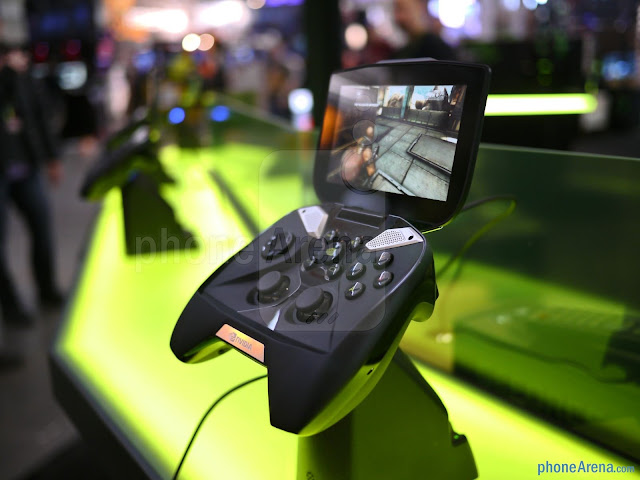There are some other miscellaneous commands, including translation
("say hello in French"), photo search ("Google photos of Larry
Page") and flight information ("what time does flight 123 depart from
LA?").
GOOGLE NOW
Google Now is an
increasingly powerful part of the Android operating system, making
recommendations based on where you go and what you do, Weather is the easiest
demonstration, showing an icon representing the current weather, along with
temperature and high / low temps..
Now glass will also suggest directions based on
where it's tracked you going. Get directions from Penn Station to a location
and, once you get there, you're likely to find Now suggesting how to get back
to Penn. It'll also throw up lists of nearby restaurants at dinnertime and,
each of these screens can be interacted with. Tap on the current weather to get
the forecast. Tap on a restaurant to call or get directions. Tap on a
recommended destination to get navigation.
NAVIGATION
Navigation is one of the
best features in Glass. You can speak an address, find a business or tap on a
Google Now suggestion and get turn-by-turn directions there. If you have the
MyGlass app, it will also configure itself as capable of handling navigation,
so you'll get the option of sending directions from your phone to Glass once
you select a destination.
Directions look more or
less as they do on an Android smartphone using Google
As with Google Nav,
spoken directions are sent into your ear as you drive. However, unlike Google
Nav on the smartphone, you can't disable that audio. Thankfully the voice used
here is of the friendly, supportive type . Also, you're not able to choose
navigation using public transport. It's driving, walking or biking for now.
SEARCHING
Google lets you search
for lots of things, and indeed you can do the same through Glass. But, You'll
basically get the "I'm feeling lucky" result for any query, which ,
may or may not contain any actual information you want.
For example, say
"Google CNET " and you'll see the description of CNET -- but not the
page itself or indeed any gadget news. But, say "Google Paul Allen"
and you'll get his Wikipedia result. Glass will even thoughtfully read the
first sentence for you: "According to Wikipedia, Paul Gardner Allen is an
American investor..." After that, you can swipe through a few pages of
information about him, including a photo.
So, Googling is of mixed
usefulness through Glass. Anything that hits Wikipedia is great, as is asking
for simple math and conversions (asking "Google how many ounces in a
cup" will get the answer spoken to you), but anything more complex may
result in disappointment.
CAMERA
The camera pointing out
the front of Glass is a 5-megapixel unit capable of recording 720p video.
largely depending on the amount of light available. On a bright, sunny day,
Glass can capture some good shots, with bright, accurate colors and good
contrast. In mediocre lighting, shots can be acceptable, but they very
definitely fall into the "mediocre cameraphone" quality, with murky
colors and often subtly blurred results. In low light, photos will likely be a
mess.
One thing that helps is
that the camera waits a few seconds after you press the button to capture the
shot. This could theoretically mean you miss some incredibly fast-paced moment,
but more helpfully, it gives you time to take your hand from the headset and
steady yourself before the shutter fires.
After the picture is
taken, it's shown to you for a few moments, a useful feature since there's no
viewfinder at all and the angle of the picture won't line up exactly with where
you're looking. Also, if Glass isn't perched perfectly on your face, there's a
good chance the picture will be at an angle, meaning you may need to cock your
head one way or the other.
Here are some few sample shots:-
WRAP-UP
Right now, the Explorer
Edition of Google Glass is very difficult to get. To have a realistic shot of
getting one, you had to pre-register at Google I/O last year, and even then,
the headsets have been slow to ship.
The future is incredibly
bright for Google's Project Glass and it'd be a damn shame if it isn’t manufactured
A look through Glass




.jpg)






















.webp)

.webp)





















